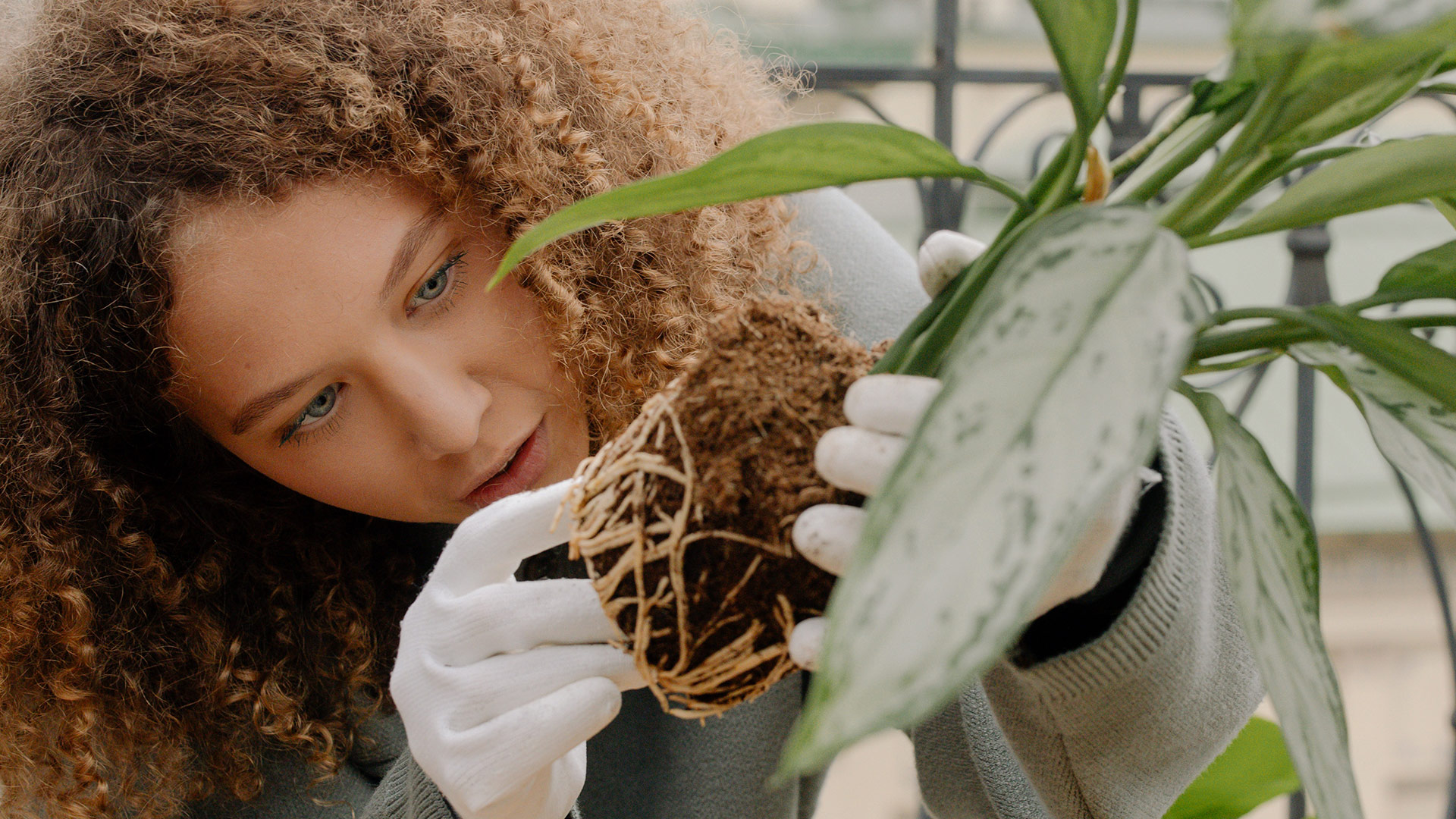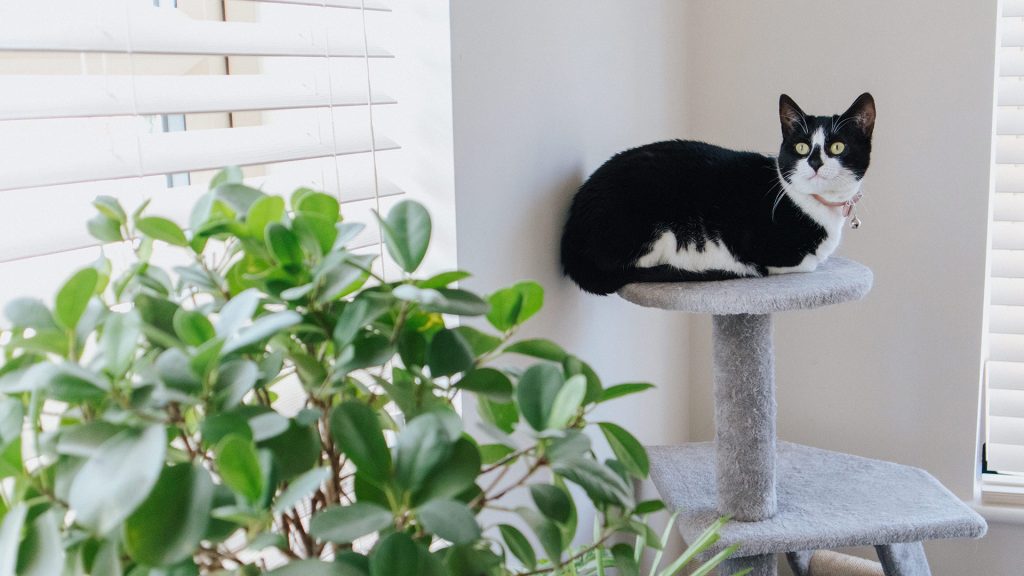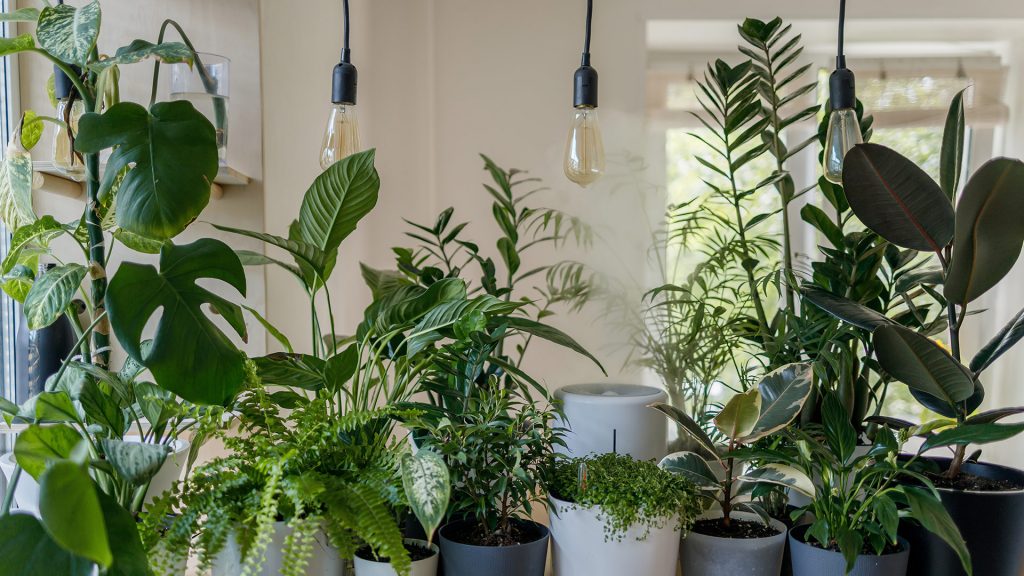Hello, gardening enthusiasts and plant parents alike! We’re about to embark on an exciting horticultural journey, turning each one of us into a certified plant doctor. Our goal? To identify and combat common plant diseases, ensuring our beloved leafy friends stay healthy and vibrant. No need for stress – armed with a bit of knowledge, we can tackle these plant predicaments head-on. Let’s get started!
Recognizing the Symptoms
Before we dive in, it’s important to remember that plants, like humans, can show signs of stress or illness in many different ways. The key to effective treatment is accurate diagnosis, and this starts with keen observation.
Yellowing Leaves: If your plant’s leaves are turning yellow, it could be a sign of several possible issues. Overwatering is a common culprit, but nutrient deficiencies, such as lack of nitrogen, can also cause this symptom.
Wilting or Drooping: This can indicate either underwatering or overwatering. It’s a bit tricky, isn’t it? The key is to check the soil. If it’s dry, your plant is likely thirsty. If it’s wet, you may be overdoing it.
Leaf Spot: Seeing spots? This could mean a fungal, bacterial, or viral disease. The spots may vary in color from brown to black or even yellow.
Powdery Mildew: This is one of the easiest diseases to recognize as it manifests as a white, powdery fungus on the leaves or stems.
Root Rot: If your plant is wilting, and its leaves are turning yellow and falling off, you might want to check the roots. Root rot is a disease caused by overwatering, leading to a fungal infection in the roots.
The Cure: Common Treatments for Plant Diseases
Once we’ve diagnosed our plants, it’s time to play the plant doctor and start treatment.
Balancing Watering: Dealing with yellowing or wilting leaves? Adjust your watering schedule. Make sure your pots have good drainage to avoid waterlogged roots. The amount of watering required varies from plant to plant and depends on factors like the plant species, its age, the pot’s size, and the environment’s temperature and humidity.
Fertilizer: If you suspect nutrient deficiency, adding an all-purpose plant fertilizer to your watering routine can often help. Remember, though, more isn’t always better. Over-fertilization can harm your plant, causing root burn.
Fungicide Spray: For fungal diseases like leaf spot or powdery mildew, try using a fungicide spray. Many organic options are safe and effective, including homemade remedies like baking soda or neem oil spray.
Root Treatment: Root rot can be a bit more challenging to tackle. First, you’ll need to remove the plant from its pot and gently wash away as much of the old soil as possible from the roots. Trim away any black, mushy roots, as these are infected. Repot the plant in fresh, well-draining soil and avoid overwatering in the future.
Prevention is Better Than Cure
As always, the best medicine is preventative care. Regularly checking your plants for signs of stress, watering appropriately, providing sufficient light, and feeding them with appropriate nutrients will keep them strong and healthy, reducing the likelihood of disease.
Remember, being a plant doctor doesn’t require a degree, just patience, observation, and a bit of learning along the way. And the reward? A thriving indoor garden that provides not just beauty but also a sense of accomplishment. So let’s put on our detective caps, our doctor coats, and tend to our leafy friends, shall we?



